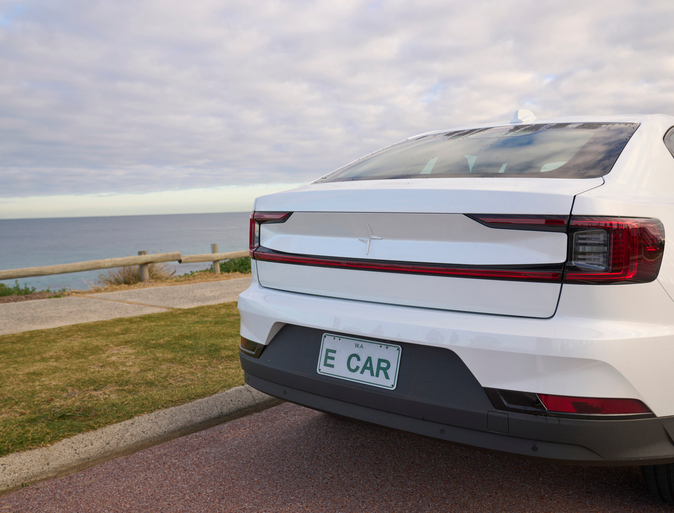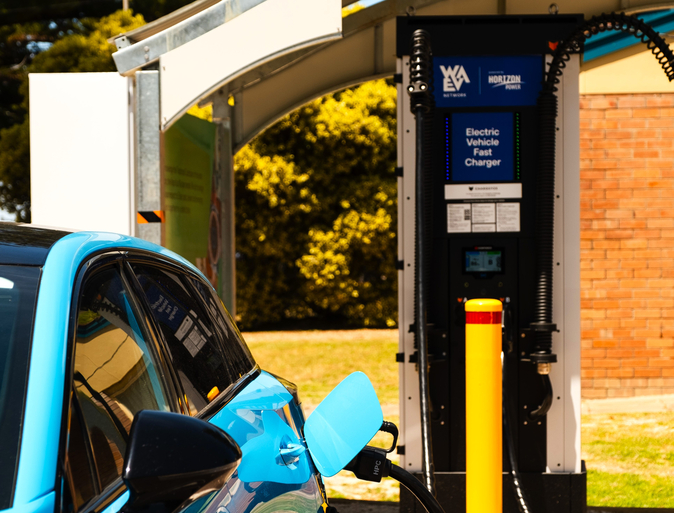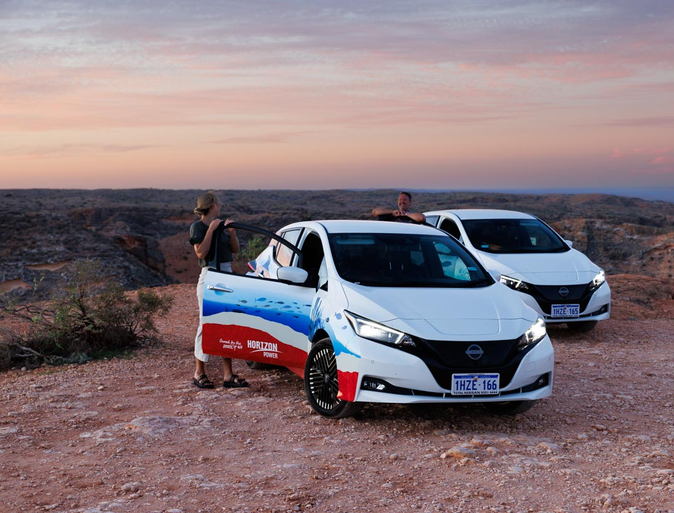Busting the biggest myths about
electric vehicles in regional WA
- Home
- Your community
- Energy Hub
- EV Mythbusting
Electric vehicles (EVs) are a big part of Western Australia’s journey supporting the State’s aspiration to achieve an 80% reduction in emissions by 2030.

As technology improves, the costs to purchase an EV reduce and more EV charging stations will pop up, making them a reality in regional WA.
Did you know WA has Australia’s longest connected EV highway — so you can confidently make the switch. With 110 charging points across 49 locations from Kununurra to Mundrabilla, regional EV travel is easier than ever before.
Still on the fence? Let’s tackle some of the most common myths about EVs
Thinking about towing?
EVs are capable of towing small vans, boats and trailers, with many models rated to pull between 1–2.5 tonnes. Instant torque makes them strong off the line, but towing does reduce range - especially with larger, less aerodynamic loads.
Planning ahead with apps like PlugShare helps you map charging stops along the WA EV Network, so you can tow with confidence across regional WA.


Charging time: quicker than you might expect
For most drivers, charging is as simple as plugging in at home overnight. A typical Level 2 home charger will fully charge most EVs while you sleep.
When you’re on the road, WA EV Network DC fast chargers can add 200 km of range in as little as 15 minutes and take most batteries from 20% to 80% in under 30 minutes. Many sites also have AC chargers as a backup, so you’re covered no matter your needs.
Simple to own and drive
Owning an EV doesn’t require technical know-how. Driving is quiet, smooth and straightforward, with no gears to change and no engine noise. Maintenance is minimal, and most servicing involves simple checks on tyres, brakes and software updates.
No garage? No problem
While having a home charger is convenient, it’s not essential. The WA EV Network is expanding across regional towns, and many EV owners use public chargers exclusively or as a backup to workplace or community charging. Apps like PlugShare and Chargefox make it easy to find and check the availability of chargers in real time.
Battery life and replacement
Modern EV batteries are built to last. Most come with warranties of 8–10 years or 160,000 km, and many last well beyond that with minimal loss in capacity. Replacement costs are falling every year, and used EV batteries can be repurposed for stationary energy storage, extending their useful life.

Living in the bush with an EV
From Broome to Esperance, EV ownership is increasingly viable. Our SPS-powered chargers mean that even in areas without a central grid connection, drivers can still charge their vehicles.
The WA EV Network was designed with regional WA in mind, ensuring access along key travel routes and within communities, so EVs aren’t just for city drivers.
If you’ve been considering making the switch, there’s never been a better time to explore your options.
Where to next?
Wondering how an electric vehicle differs from your petrol-powered transportation? Interested in learning more about the WA EV Network? Explore the links below.About the WA EV Network Explore our guide to EVs
- Supercharge your rooftop solar with a battery
- Harnessing the sun
- How energy works
- Where does our energy come from?
- What you can do if the power goes out
- WA EV Network
- Community partnerships
- Understanding your energy bill
- Energy saving tips to get summer ready
- Energy saving tips for small business
- Tips to keep your appliance costs down
- 8 myths about power outages
- EV Mythbusting
Horizon Power acknowledges the Traditional Custodians throughout Western Australia and their continuing connection to the land, waters and community. We pay our respects to all members of the Aboriginal communities and their cultures; and to Elders past, present and emerging.
Aboriginal and Torres Strait Islander people are advised that this website may contain images, names or voices of deceased people.